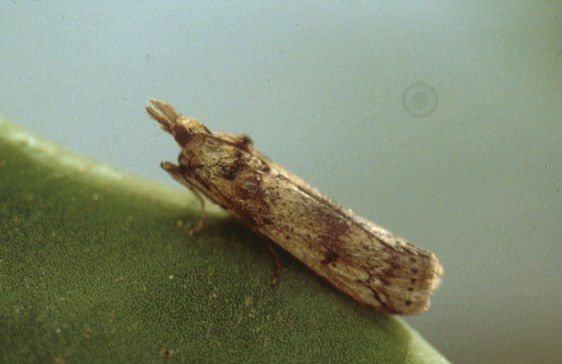Hokkanen and Pimental (1984) suggested that natural enemies and their
host plants that had coexisted for long periods evolved together to
their mutual benefit, developing a homeostasis. For the natural enemies,
this evolution tended away from traits that are detrimental to the plant
and hence they are less likely to be the best agents. They concluded
that the epicentre of evolution of the weed may not be the best place to
search for potential control agents.
On the other hand, searching in areas relatively new to the plant may
provide natural enemies that are more damaging and potentially better
control agents, the hypothesis being that there had been less time for
natural enemies to evolve homeostatic traits with their host plant. They
suggest that exploration should take place on the edge of the weed's
native range, or natural enemies would be sought on closely related
plant species that have different geographical ranges to the target but
that will also attack the target weed.
This concept may have a theoretical basis and there are practical
examples, such as the most famous moth, Cactoblastis cactorum, from
Argentina that controlled prickly pears that originated in Central
America. However, exploration during modern projects includes
collections from as wide a geographical source as possible, and most
successful control agents have been found near the epicentre of the
weed's native range.

The adult moth of Cactoblastis cactorum, an agent from Argentina
that has
controlled cacti originating from Central America.
[ Back ] [ Next ]
Mic
Julien
